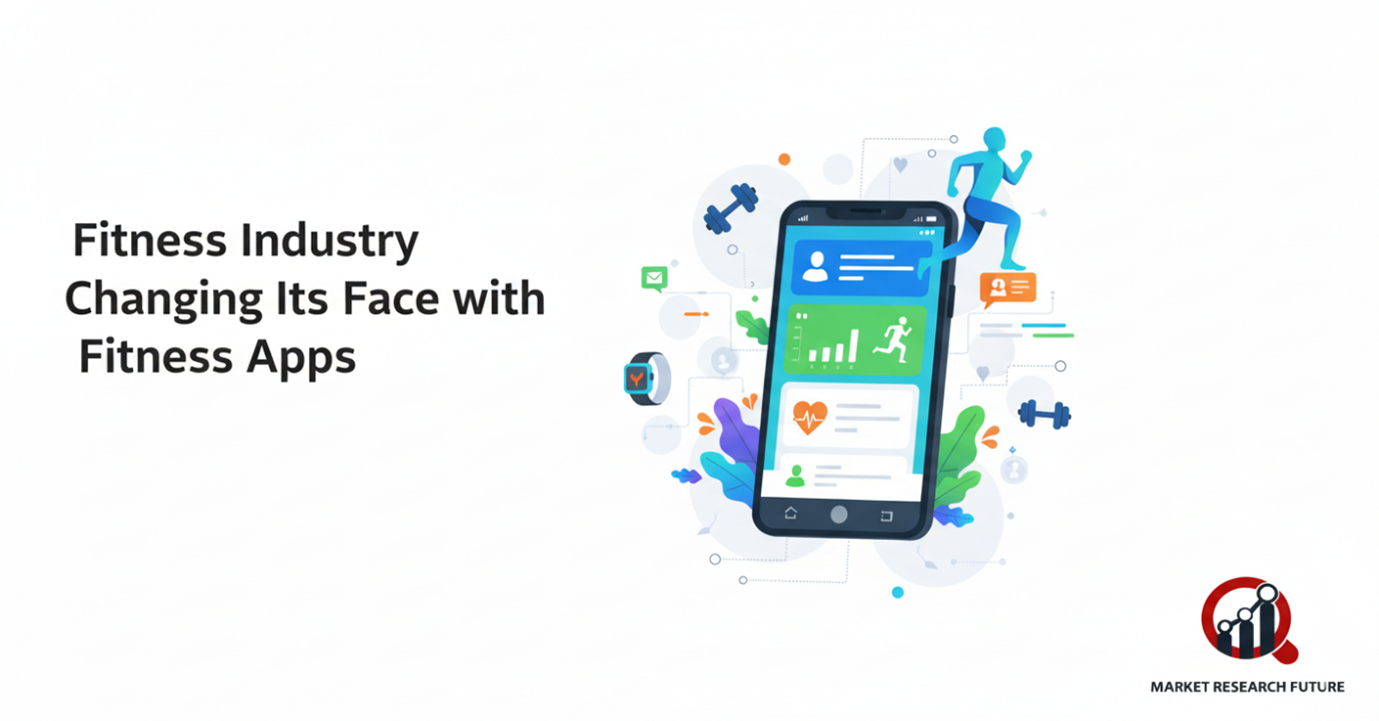Fitness industry changing its face with fitness apps

Fitness Industry Overview
Global changes around the world, including the pandemic and rapid advancements in technology, have changed the fitness industry. The closure of gyms and fitness centers due to the pandemic led many people to substitute workouts for home exercises and fitness apps in order to remain active. This shift in behavior changed people’s mentality toward exercising and how to value fitness.
In the time before the pandemic, the use of tracking apps and wearables for fitness activities was gaining popularity, but the lockdowns of the pandemic turned digital fitness and using apps into a daily routine. What started as a necessity for workouts during the lockdown changed habits in a way that people will likely always have a hybrid, digital and in-person fitness routine.
The Rise of Fitness Apps
The digitization of workouts and the use of fitness apps skyrocketed. The world experienced a 46% increase in the use of fitness apps, with India at the forefront with a 156% increase, adding 58 million active users. Exercisers were attracted to the convenience, flexibility, and privacy of home workouts. The fitness apps provided guided workouts, tracking, and personalization, which were previously offered by trainers only in person and were now available on mobile devices and smart TVs.
When gyms and trainers shifted to offering online classes and hybrid workouts, many people thought it was just the pandemic being extended, and most people didn't think twice about the changes to the way they worked out. People didn't stop wanting the flexibility of workouts of different workouts, like going to the gym and using an app.
How Technology is Transforming Fitness?
The blend of advanced analytics, AI, and machine learning alters the experiences users have with fitness apps. These innovations allow users' apps to generate personalized fitness plans, custom diet plans, and mental wellness guidance and analytics. Everything a user needs is available in a single app, including guided yoga, workout sessions, meditation, HIIT, and sleep tracking. Nike Inc., TomTom International, Google LLC, and Samsung Electronics are the leading companies in innovative fitness technology. Samsung partnered with fitness brands Calm, Fitplan, and obé to launch new Samsung TV wellness and fitness apps. With a shared health data system, Google allows seamless integration of fitness data across apps, creating personalization.
The innovations are transforming every new app, making them interactive, data-rich, and truly smart. This is the new gold standard in the world of digital fitness.
The New Competitive Landscape
As more people adopt fitness apps, competition for customers between digital platforms and traditional gyms becomes more intense. Consumers enjoy the savings and flexibility offered by fitness apps and no longer see the value in paying for a gym membership. There are tons of workout videos available for free, and no-equipment workout routines and mobile fitness tracking apps provide more value.
Still, there are customers who want professional instruction, social interaction, and a gym's motivating atmosphere. Based on this demand, business operators have introduced hybrid options that allow customers to work out at a gym and take digital classes, enabling them to balance both fitness formats to suit their schedules and preferences.
Market Outlook
The growing digital fitness ecosystems offer numerous opportunities for businesses aligned with fitness to focus on innovation, personalization, and value to remain relevant. Strategies that will support increasing demand will include local production, lower operational costs, and R&D investments.
Conclusion
Disrupting the fitness industry is nothing new, but the pandemic truly revolutionized it. The advent of fitness applications changed the ways people exercise, monitor their fitness progress, and engage with their overall wellness journey. As technology continues to transform, the gap between physical gyms and virtual fitness will get smaller, offering a more integrated, customized, and seamless fitness journey. The future of fitness is digital, data-driven, and hybrid. This is the new paradigm where motivation meets innovation.

Leave a Comment